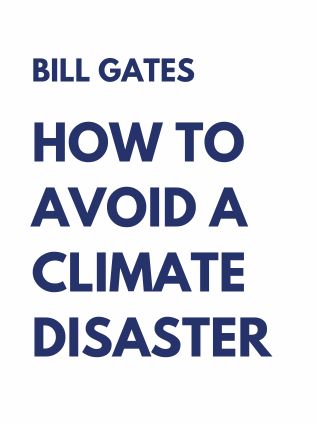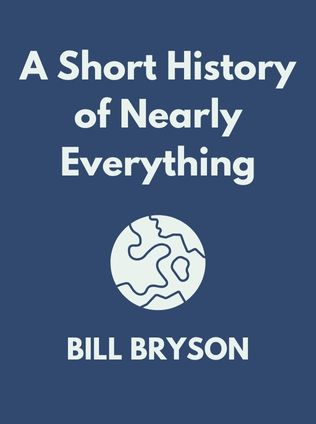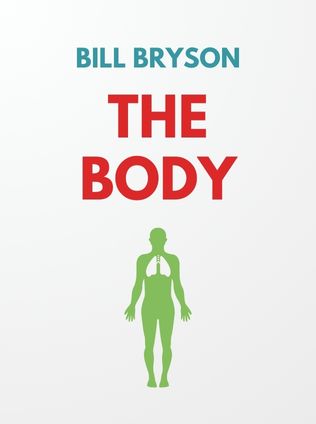
How to Avoid a Climate Disaster
The Solutions We Have and the Breakthroughs We Need
By Bill Gates
Published 08/2022
About the Author
Bill Gates, the co-founder of Microsoft and a prominent philanthropist, is widely recognized for his work in technology and global health. Through the Bill & Melinda Gates Foundation, he has invested in various initiatives to improve healthcare, reduce poverty, and expand educational opportunities worldwide. In recent years, Gates has turned his attention to the issue of climate change, leveraging his background in innovation and technology to explore solutions to one of the most pressing challenges of our time. His book, "How to Avoid a Climate Disaster: The Solutions We Have and the Breakthroughs We Need", reflects his deep commitment to finding practical, scalable solutions to reduce greenhouse gas emissions and achieve a sustainable future.
Main Idea
The central thesis of "How to Avoid a Climate Disaster" is that achieving net-zero greenhouse gas emissions by 2050 is both necessary and feasible. Gates argues that while current technologies can help reduce emissions, significant innovation is required to fully eliminate them. The book outlines a comprehensive plan, focusing on the need for clean energy, sustainable agriculture, and green manufacturing. Gates emphasizes that a global effort, involving governments, businesses, and individuals, is crucial to making the necessary changes. He offers a hopeful yet realistic perspective, asserting that with the right strategies and investments, a climate disaster can be avoided.
Table of Contents
- Introduction: The Climate Challenge
- The Science of Greenhouse Gases
- Where We Need to Go: Net-Zero by 2050
- How We Can Get There
- Innovations in Energy Production
- Transforming Industries
- Revolutionizing Agriculture
- Rethinking Transportation
- Adapting to a Warmer World
- The Role of Policy and Individual Action
- Conclusion: A Call to Action
Introduction: The Climate Challenge
In the introduction, Bill Gates addresses the severity and urgency of the climate crisis. He provides a sobering overview of the current situation, stating that the world emits approximately 52 billion tons of greenhouse gases annually. These emissions, primarily from burning fossil fuels, are driving global temperatures higher, leading to severe and potentially irreversible changes in the Earth's climate. Gates emphasizes the need for a comprehensive approach to tackle this crisis, involving innovation in technology, policy reforms, and global cooperation.
"The only solution I could imagine was to make clean energy so cheap that every country would choose it over fossil fuels." - Bill Gates
Gates's vision is to make clean energy not just an option but the preferred choice globally. He believes that the transition to a carbon-neutral world should not compromise economic growth or energy access, especially in developing countries. His pragmatic approach balances the urgency of the climate crisis with the practicalities of global development needs.
The Science of Greenhouse Gases
Gates explains the basic science behind greenhouse gases and their role in climate change. Greenhouse gases, such as carbon dioxide, methane, and nitrous oxide, trap heat in the Earth's atmosphere, creating a "greenhouse effect" that warms the planet. This warming is essential for life but has been intensified by human activities, leading to global warming and climate instability.
Sign up for FREE and get access to 1,400+ books summaries.
You May Also Like
Rich Dad Poor Dad
What the Rich Teach Their Kids About Money - That the Poor and Middle Class Do Not!
By Robert T. KiyosakiFreakonomics
A Rogue Economist Explores the Hidden Side of Everything
By Steven D. Levitt and Stephen J. DubnerFactfulness
Ten Reasons We're Wrong About the World – and Why Things Are Better Than You Think
By Hans Rosling



















